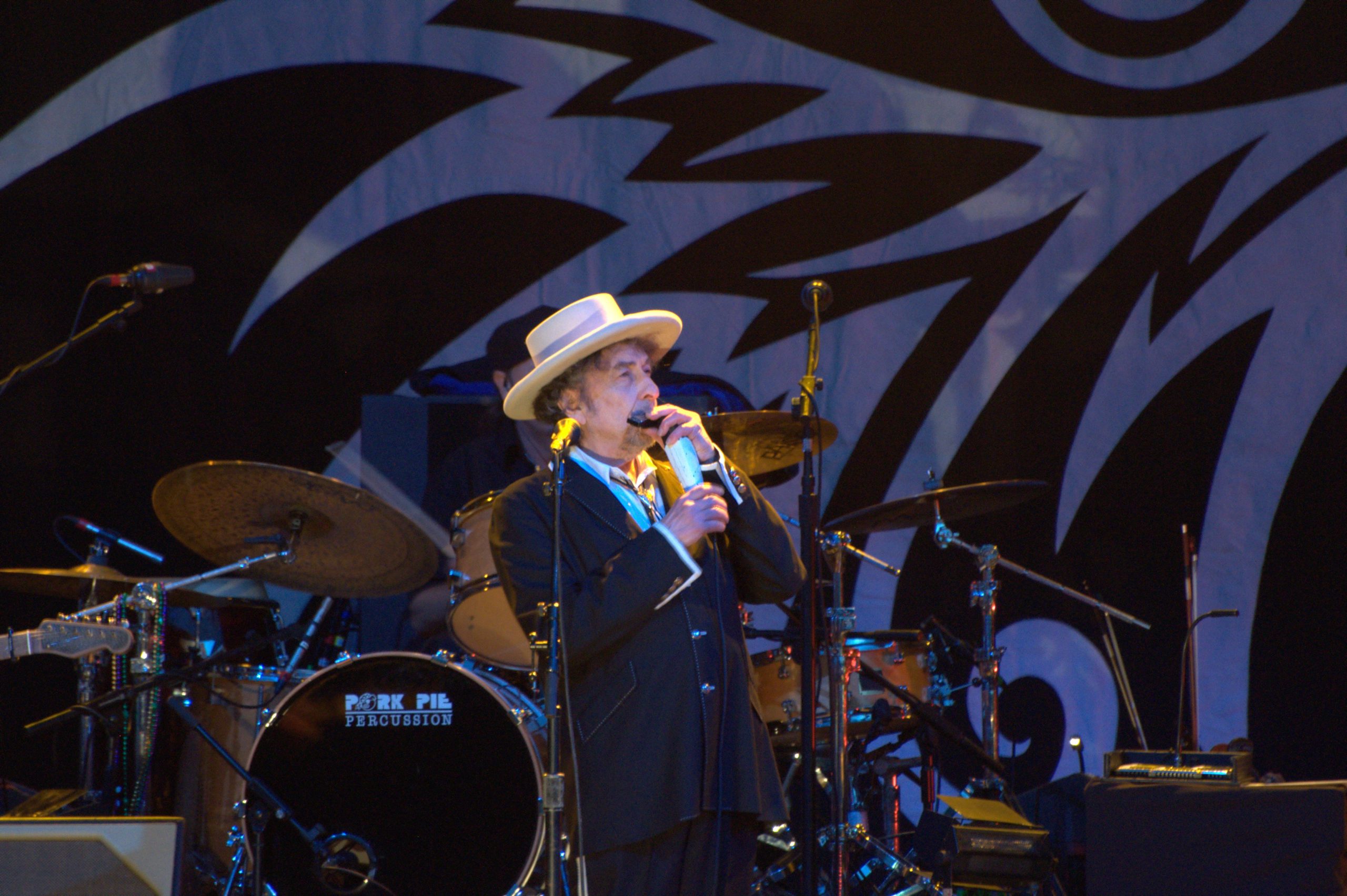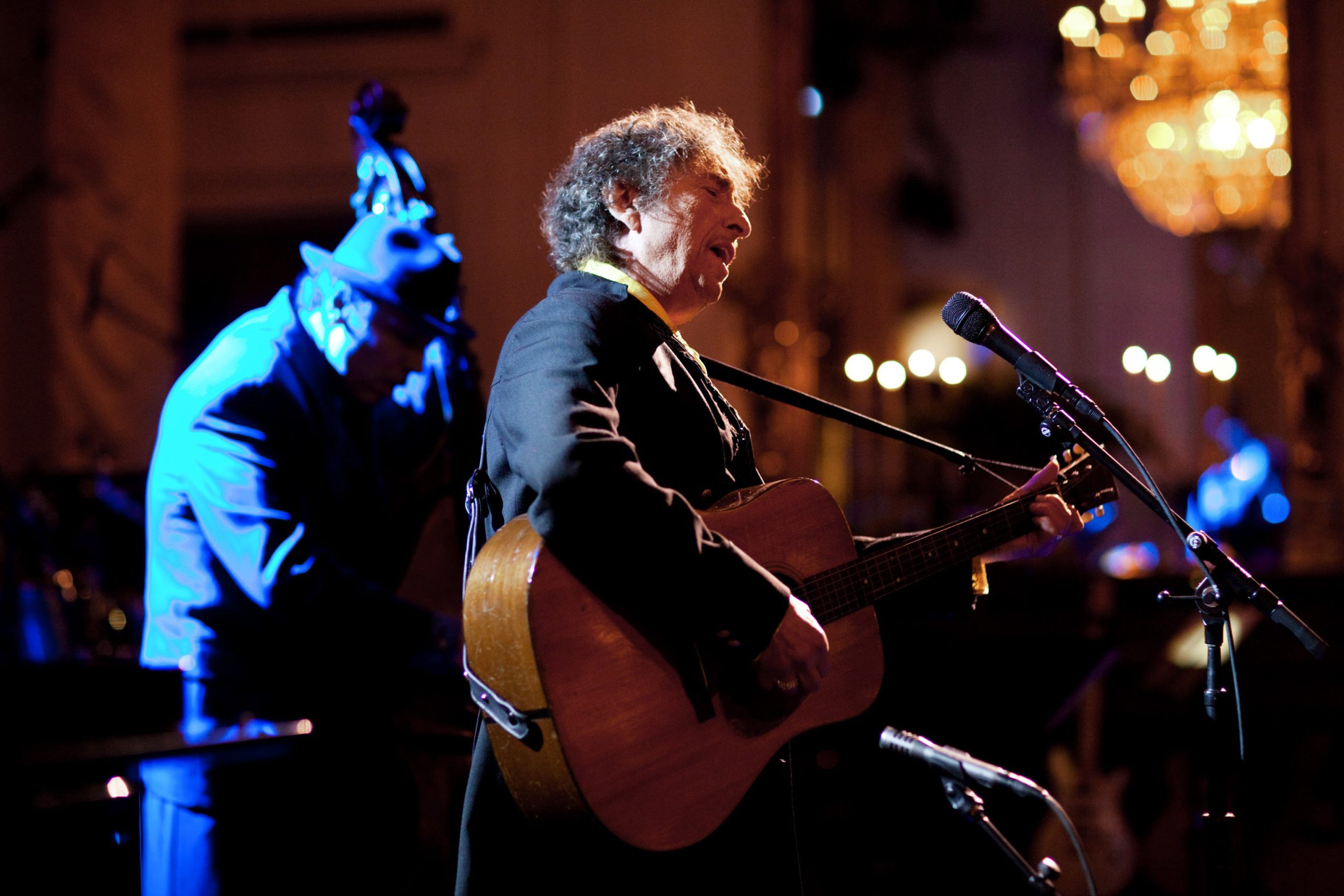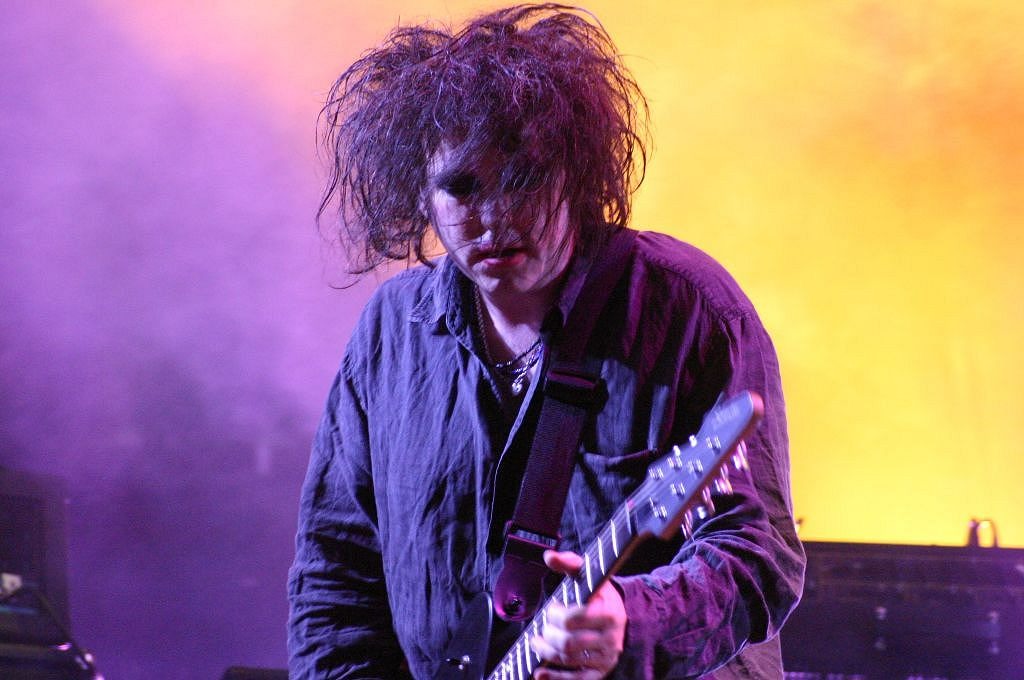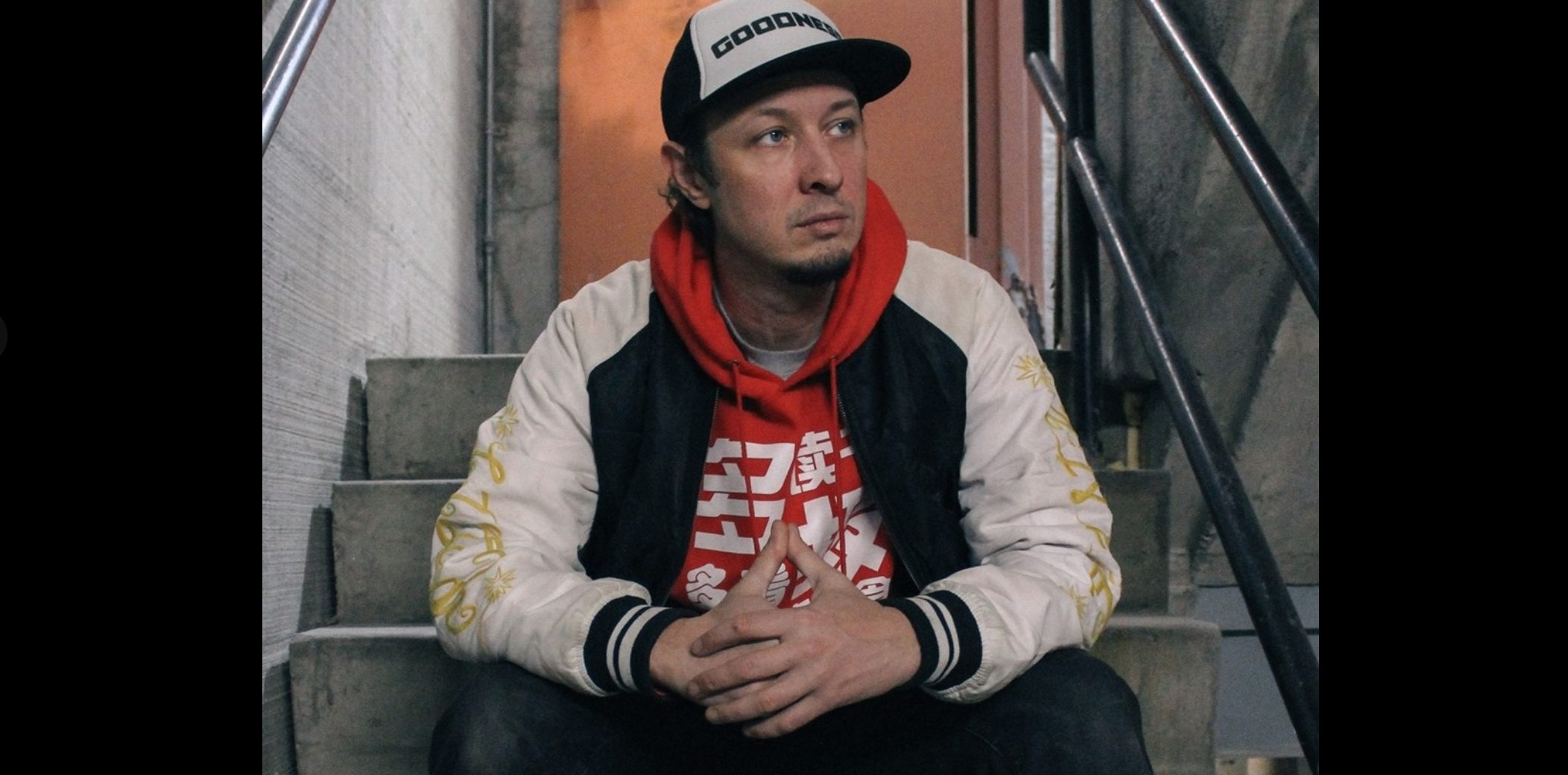Celebrity vanishing acts hit different in 1966. No Instagram stories to decode. No paparazzi tracking private jets. When Bob Dylan’s motorcycle went down on a Woodstock back road that July, the world’s biggest folk-rock star actually crashed.
The Pressure Cooker Years
Dylan’s pre-crash life resembled a rock star anxiety dream come to life.
Your favorite artist complaining about tour fatigue? Dylan wrote the playbook on creative burnout. By 1966, he’d transformed from acoustic troubadour to electric prophet, weathering boos from folk purists while conquering new audiences. The touring schedule was relentless. The public scrutiny suffocating.
Dylan had been riding a meteoric rise that few artists could sustain. Concert after concert, interview after interview, the pressure mounted. The man who’d electrified folk music was running on creative fumes, desperately needing an exit strategy from the machine he’d helped create.
July 29, 1966
A motorcycle crash became rock’s first great mystery story.
Details remain maddeningly sparse about that fateful day in Woodstock, New York. The crash abruptly halted Dylan’s intense schedule, but the circumstances stayed shrouded in confusion. What emerged was an 18-month period of complete seclusion that fueled wild speculation.
Rumors proliferated like wildfire—retirement, severe injury, even death. The music press scrambled for answers while Dylan retreated to the Catskill Mountains. Without social media to track his movements or leak information, the world’s biggest star had genuinely vanished.
The Secret Sessions
While the world worried, Dylan was quietly revolutionizing American music.
Instead of convalescing, Dylan was creating. Those missing months produced the legendary Basement Tapes—raw, intimate recordings with The Band that captured American music’s DNA. These sessions revealed Dylan mining country, folk, and blues traditions with renewed purpose and introspective depth.
The frenetic pace had been replaced by something deeper and more meaningful. Working in the basement of a house called “Big Pink,” Dylan and The Band crafted songs that would influence generations of musicians. These weren’t polished studio productions but honest explorations of American musical heritage.
The Mythology Machine
Dylan’s disappearance became the template for controlling artistic narrative.
This crash marked a seismic shift from public performer to private artist operating on his own terms. The 18-month silence transformed Dylan from zeitgeist chaser to cultural oracle who revealed himself only when ready. Those Basement Tapes eventually leaked, proving the vanishing act had been profoundly productive.
Today’s artists study this playbook—how stepping back from the spotlight can amplify mystique and artistic credibility. Dylan had mastered narrative control before anyone knew narratives needed controlling, turning absence into presence and silence into legend.


























